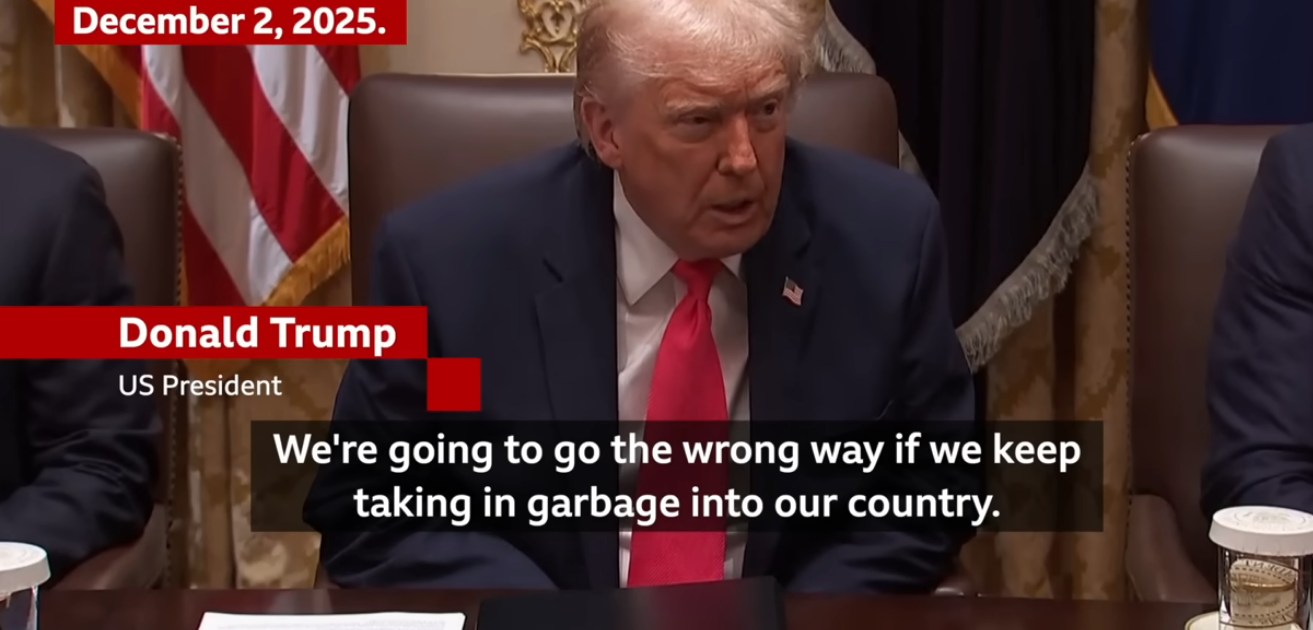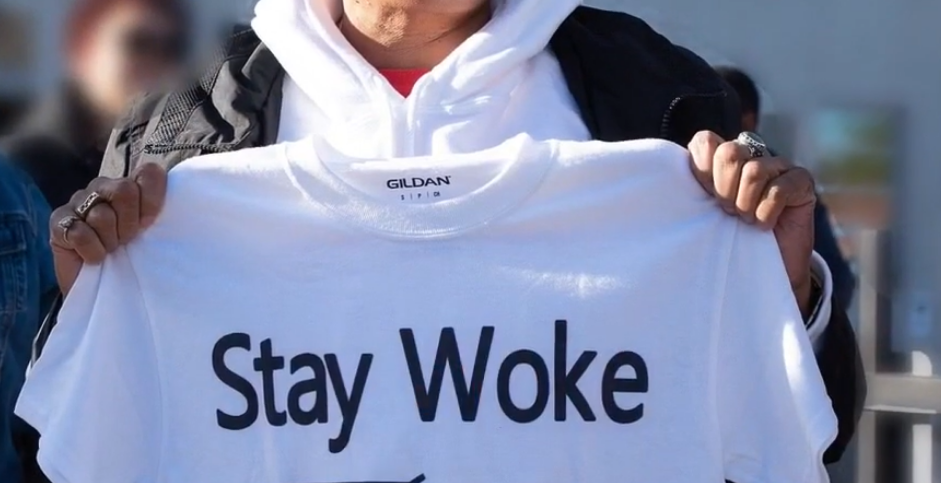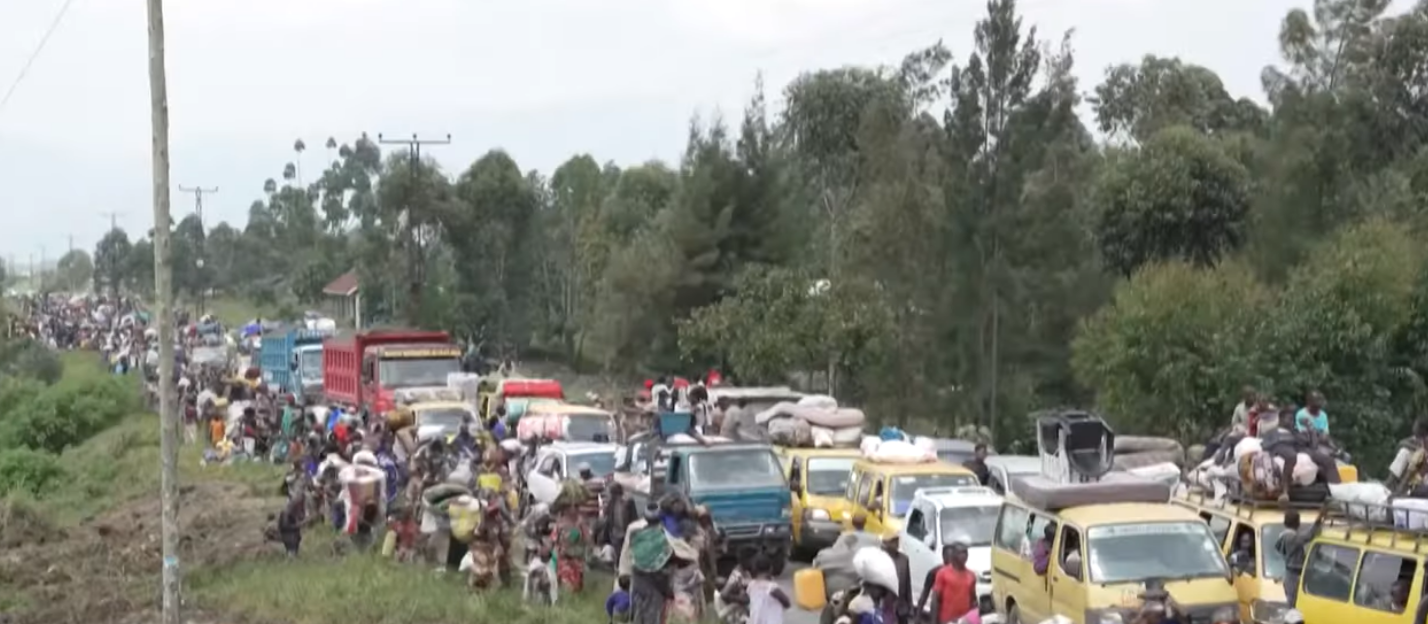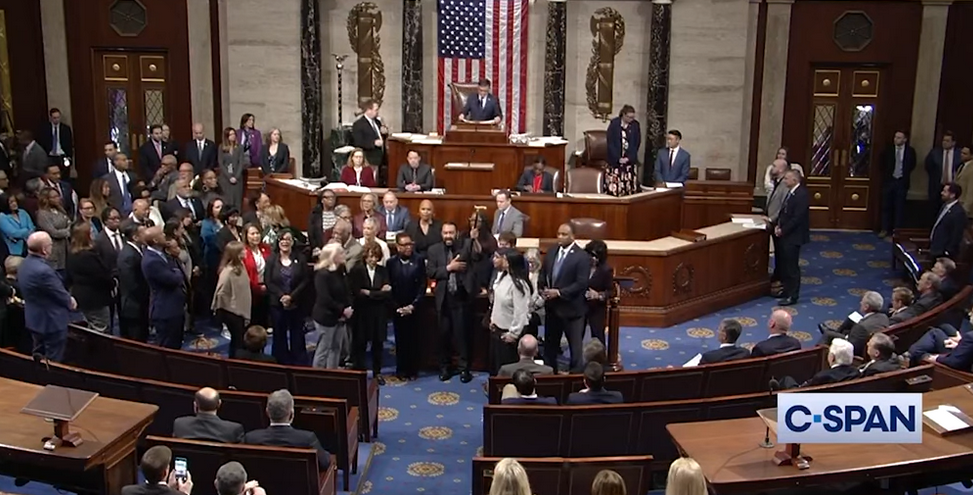[COVID-19\Chicago]
Through Sunday, April 5, 1,824 Black Chicagoans…had been diagnosed with COVID-19…72% of the city’s deaths have been among Black Chicagoans, though Black Chicagoans make up just 30% of the city’s population.
Photo: YouTube
Chicago’s Mayor Lori E. Lightfoot says COVID-19 impact on Black Chicagoans is “extremely troubling.”
Mayor Lightfoot and the Chicago Department of Public Health (CDPH) Monday released demographic data for those diagnosed with COVID-19 in Chicago, as well as statistics showing how the virus has spread throughout the city. While the data gathered by CDPH includes only known cases of COVID-19 confirmed by testing, the figures clearly show great inequities in sickness and death by race and ethnicity.
Guided by this data, the City will launch a hyper-focused strategy centered around deep, consistent education and outreach to communities most adversely impacted by COVID-19. The City will partner with West Side United, who is stepping up to convene and activate a racial equity rapid response team, in reaching vulnerable populations in the city’s most impacted communities to build greater equity in health outcomes – both in the short and long terms.
“This new data offers a deeply concerning glimpse into the spread of COVID-19 and is a stark reminder of the deep-seated issues which have long created disparate health impacts in communities across Chicago,” said Mayor Lightfoot. “While this data is extremely troubling, we are determined to lessen the impact of COVID-19 by engaging communities that have traditionally been overlooked and that have suffered disinvestment and neglect for generations. Data and science have been a critical tool in our public health response to COVID-19 from day one, and we will continue to rely on them to move resources where they are needed most. We know that our residents’ health is impacted by a number of factors, and we will also be taking a critical look at ways we can ensure that every Chicagoan has the opportunities and resources necessary to maximize their health and well-being.”
In line with Mayor Lightfoot’s commitment to transparency, CDPH has signed a public health order enhancing medical data-sharing requirements for all acute care and long-term hospitals, in order to better support the City’s ability to track COVID-19 and support the most impacted individuals and communities. CDPH will release updated demographic data daily during the COVID-19 pandemic at www.Chicago.gov/coronavirus.
Through Sunday, April 5, 1,824 Black Chicagoans, 847 white Chicagoans, 478 Hispanic/Latinx Chicagoans, and 126 Asian Chicagoans had been diagnosed with COVID-19. More than one-quarter of cases did not have race or ethnicity reported from the medical provider, and CDPH estimates that Latinx/Hispanic cases are likely undercounted.
Most strikingly, disparities in deaths are even greater: among those for whom race-ethnicity is known, 72% of the city’s deaths have been among Black Chicagoans, though Black Chicagoans make up just 30% of the city’s population. Early community spread in Black communities and higher baseline rates of chronic underlying conditions are driving issues. Further, the highest incidence of cases is seen in historically under-resourced communities.
Throughout the pandemic, CDPH has been working to get testing where it is most needed, and this will continue and ramp up. More testing has been conducted in African American communities to date, particularly as CDPH has worked to investigate clusters. Thus far, for tests where race/ethnicity was reported, 44% have been in black Chicagoans, 31% in white Chicagoans, 11% in Latinx/Hispanic Chicagoans, 5% in Asian and 9% in Chicagoans with other race/ethnicity. The department has also issued a new order requiring providers to enter race and ethnicity for all COVID-19 tests.
COVID-19 worldwide has had a greater impact on those with underlying health conditions, and the data thus far shows that 97% of Chicago residents who have died had such health challenges. African Americans have historically higher rates of chronic disease (including heart disease, lung disease, diabetes and smoking-related illness), and higher rates of death related to these chronic diseases in Chicago. Chronic disease disparities account for half of the almost nine-year life expectancy gap between black and white residents in Chicago.
The data showcases in every age group and every zip code in Chicago, but reinforce that people who are older and have underlying medical conditions are more at risk for severe illness and death from COVID-19. Fewer than one in five Chicagoans (18%) is over age 60, and just one in 12 Chicagoans (8%) is over age 70. But almost one-third of Chicago’s COVID-19 diagnoses have been in people over 60. And more strikingly, 71% of Chicago’s COVID-19 deaths have been in people over 60—and half of the deaths have been in people over 70.
The data also reveals the extent of the spread around the city. The number of confirmed cases by zip code shows the most cases in four areas of the far South Side and Southeast Side (zip codes 60617, 19, 20, 28) and one area on the Far North Side (zip code 60645).
“My team is working every day to contain this virus and limit its impact, and these statistics are a call that as a city, we must continue to put resources in the areas of greatest need,” said Allison Arwady, M.D., Commissioner of CDPH. “Even before our COVID-19 response, CDPH was committed to closing the racial life-expectancy gap. White Chicagoans live, on average, almost 9 years longer than Black Chicagoans, and half of that gap is due to higher rates of underlying chronic diseases, like heart and lung disease, diabetes, and smoking-related illness in black communities. These rates, in turn, are driven by community conditions, the holes in our social safety net, and decades of policy that segregated people by race drove different levels of community investment and led to an unfair distribution of resources that persists to this day. As a City, under the Mayor’s leadership, we’ve been facing these huge, historic problems head-on. But our COVID-19 data is a clear reflection of these underlying inequities. This is true in Chicago, and true around the U.S.”
Mayor Lightfoot and CDPH are committed to addressing the health inequities highlighted by this data by working in partnership with other government agencies and community partners to rapidly and urgently find solutions. The City’s strategy will work to address systemic health inequities within the COVID-19 crisis by taking immediate steps to minimize gaps in healthcare systems, to create more equity in service delivery, and educate targeted populations while enhancing rapid response programs to help vulnerable populations.
In partnership with West Side United, the City will immediately launch the implementation of a robust, multi-faceted community engagement strategy that will provide residents in impacted communities with health guidance and information that addresses the realities of everyday life among those most impacted by COVID-19, such as multi-generational families, isolation within the home, faith communities, and what to do when returning home from essential work or other activity. The engagement plan will include:
- Forming a Racial Equity Rapid Response Team, with the first phase to be convened by West Side United, tasked with confronting and mitigating the racialized outcomes present in the COVID-19 crisis;
- Organizing and implementing COVID-19 Regional Briefings with local stakeholders in targeted communities who are realizing the most adverse health impacts;
- Adapting specific tactics from the engagement plan that will resonate with youth; and
- Utilizing Street Outreach Workers as messengers on the West and South Sides to provide targeted information and education, and to conduct wellbeing checks on residents, particularly those who are most disconnected.
In addition, the City of Chicago will launch a community awareness campaign in partnership with AARP to provide information and resources to Chicago’s most vulnerable seniors.
“It is a top priority for AARP to ensure that older adults of color get the information they need to stay healthy and safe during this pandemic,” said Bob Gallo, AARP Illinois State Director. “AARP Illinois is working hard to address the racial gaps and limited access to information for older adults of color. AARP provides telephone town halls, Facebook live events and our website which includes important information translated into several languages. On behalf of our 250,000 members in Chicago and 1.7 million members across the state, we are more motivated than ever to partner with city leaders to get trusted, accurate information to all communities of older adults and their caregivers during this crucial time.”
The City will also accelerate its work to leverage existing healthcare networks and develop new channels of communication to reach vulnerable populations and share this critical information, identify and address barriers to protecting against COVID-19, and educate patients about protection and resources. This will include:
- Holding daily calls with healthcare networks to emphasize data and solicit ideas to support health and slow disease transmission in vulnerable communities during COVID-19;
- Putting out a call for students in the healthcare field to support health investigations particularly in vulnerable communities to help stop/slow disease transmission;
- Working with the Chicago Health Alert Network to share data, promote communication between doctors and high-risk patients and solicit feedback for reducing barriers in the community;
- Hosting a Healthcare Partner Webinar to provide an overview of this new data and solicit ideas to support health and slow disease transmission amongst vulnerable residents and communities; and
Convening and mobilizing insurance stakeholders to share COVID-19 transmission prevention tactics broadly, but especially with high-risk policyholders. Finally, CDPH continues to see higher case counts and deaths in communities where compliance with the statewide Stay at Home order remains an issue. To prevent congregate settings and to promote social distancing where it is more challenging to comply, the City is working with partners to institute the following policies that will directly impact the most at-risk communities:
- Closely monitoring CTA bus ridership along all routes and deploying large buses or extra buses to allow for social distancing during transit;
- Improving coordination and socialization of health guidance for essential businesses, such as grocery stores and corner stores, to promote social distancing and discourage congregating; and
- Prioritizing Business Affairs and Consumer Protection investigation and response of non-essential businesses operating in communities with high transmission rates.
In response to the COVID-19 pandemic, the City launched the Stay Home, Save Lives campaign to inform residents about how they can stay healthy and do their part to bend the curve of the virus. For more information and updates on COVID-19, text COVID19 to 78015, email [email protected] or visit www.Chicago.gov/coronavirus.





